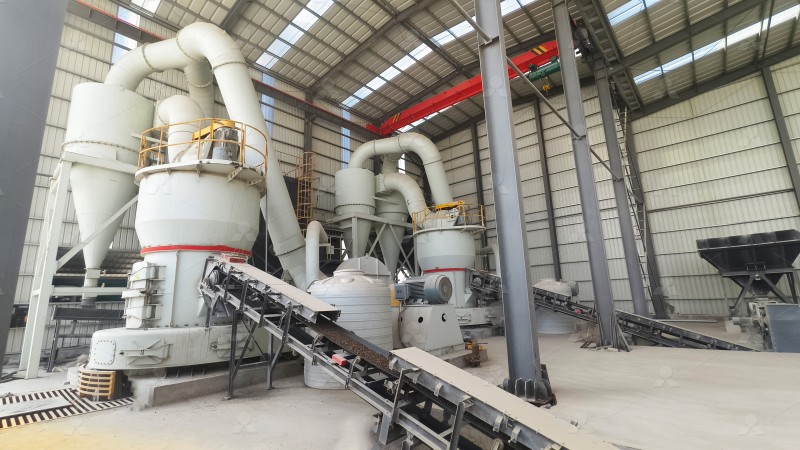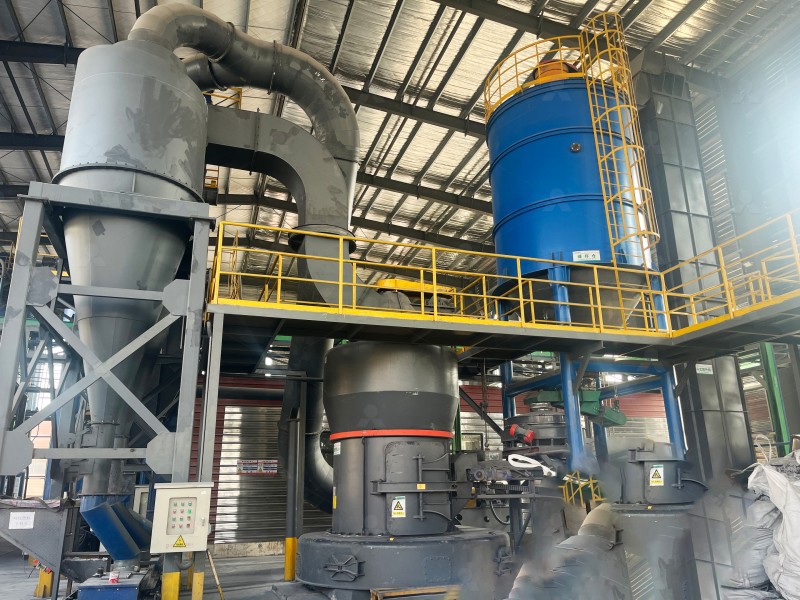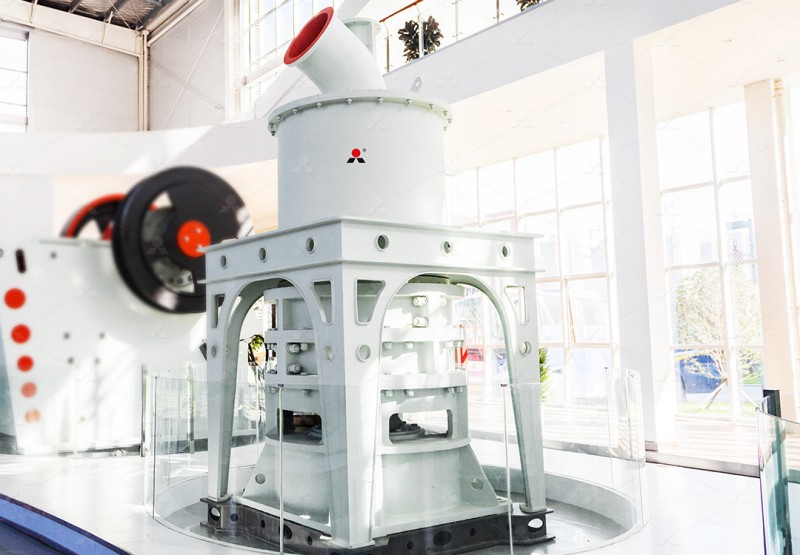How to Maximize the Production Capacity of Your Raymond Mill
Unlocking Your Raymond Mill’s Full Potential
As an industry professional with over fifteen years of experience in mineral processing, I’ve witnessed firsthand how proper maintenance and strategic upgrades can transform Raymond mill performance. Many operators struggle with declining output, inconsistent fineness, or frequent downtime without realizing these issues often stem from preventable factors. Through systematic optimization, you can not only restore but significantly exceed your mill’s original capacity specifications.

Strategic Maintenance: The Foundation of Maximum Output
The grinding rollers and rings represent the heart of your Raymond mill. I’ve observed operations where premature wear on these components reduced capacity by up to 40% before operators even noticed the gradual decline. Implement a rigorous inspection schedule: measure roller thickness monthly, check for uneven wear patterns, and replace components before they fall below manufacturer specifications. Don’t forget the often-overlooked shovel blades – when worn, they fail to lift material properly into the grinding zone, creating a bottleneck that no amount of mechanical adjustment can overcome.
Lubrication deserves particular attention. I recall visiting a plant where bearing failures caused an average of six days of annual downtime. After implementing a color-coded lubrication schedule and training staff on proper greasing techniques, they eliminated unplanned shutdowns entirely. Remember that over-lubrication can be as damaging as under-lubrication – follow manufacturer guidelines precisely.
Optimizing Operational Parameters
The relationship between feed size, classifier speed, and air volume represents a delicate balance that many operations fail to optimize. Through careful experimentation at multiple sites, I’ve found that reducing feed size by just 3-5mm below the maximum specified often increases throughput by 8-12% while reducing wear on grinding components. The classifier should be adjusted seasonally – higher humidity conditions typically require slightly higher rotor speeds to maintain separation efficiency.

Airflow management frequently represents the greatest untapped potential. Check fan blades for material buildup weekly, inspect ductwork for leaks monthly, and clean bag filters before pressure drop exceeds recommended levels. I documented one case where simply resealing air ducts increased production by 5.2% without any additional energy consumption.
When to Consider an Upgrade: Beyond Traditional Raymond Mills
Despite optimal maintenance, traditional Raymond mills eventually reach their technological limits. When your production requirements exceed 5 tph or you need fineness beyond 325 mesh, it’s time to consider advanced grinding solutions. After extensive testing across various materials, I’ve found that modern grinding technologies can deliver 40-60% higher efficiency compared to even well-maintained first-generation Raymond mills.
For operations requiring ultra-fine powder between 325-2500 meshes, the MW Ultrafine Grinding Mill represents a significant leap forward. Its innovative grinding curve design and German-derived cage-type powder selector achieve production capacity 40% higher than jet mills with only 30% of the energy consumption. The absence of rolling bearings in the grinding chamber eliminates a common failure point, while the external lubrication system enables continuous 24-hour operation.
Another exceptional option for operations processing softer materials like limestone or calcite is the LUM Ultrafine Vertical Grinding Mill. Its unique roller shell and lining plate grinding curve generates material layers more effectively, producing higher quality powder with better whiteness and cleanliness. The reversible structure allows maintenance personnel to easily remove grinding rollers for inspection or replacement, dramatically reducing service time.

Material Handling: The Often-Overlooked Factor
Even with a perfectly optimized mill, inadequate material handling can constrain your overall capacity. I’ve evaluated operations where simply installing a pre-crusher to ensure consistent feed size increased system output by 15%. Moisture control represents another critical factor – materials with moisture content above 6% typically require pre-drying to maintain optimal grinding efficiency.
Frequently Asked Questions
What is the most common mistake that reduces Raymond mill capacity?
Neglecting classifier maintenance. When the classifier isn’t properly adjusted or maintained, fine particles recirculate unnecessarily, overloading the system and reducing effective throughput by 15-25%.
How often should grinding rollers be replaced?
With normal abrasive materials, expect to replace rollers after 800-1,200 hours of operation. Monitor thickness regularly and replace when wear exceeds 30% of the original dimension.
Can I increase motor power to boost capacity?
This rarely works effectively. The mill’s mechanical design creates a balanced system. Increasing power without corresponding modifications to other components typically leads to premature failure without meaningful capacity gains.
When should I consider upgrading to a newer mill design?
When your production requirements exceed your current mill’s capacity by more than 25%, you need finer products than your mill can produce, or maintenance costs exceed 40% of the mill’s original value annually.
What is the single most impactful upgrade for Raymond mill performance?
Installing modern electronic controls with precise adjustment capabilities for classifier speed and feed rate. This typically increases consistent output by 12-18% while improving product quality.
